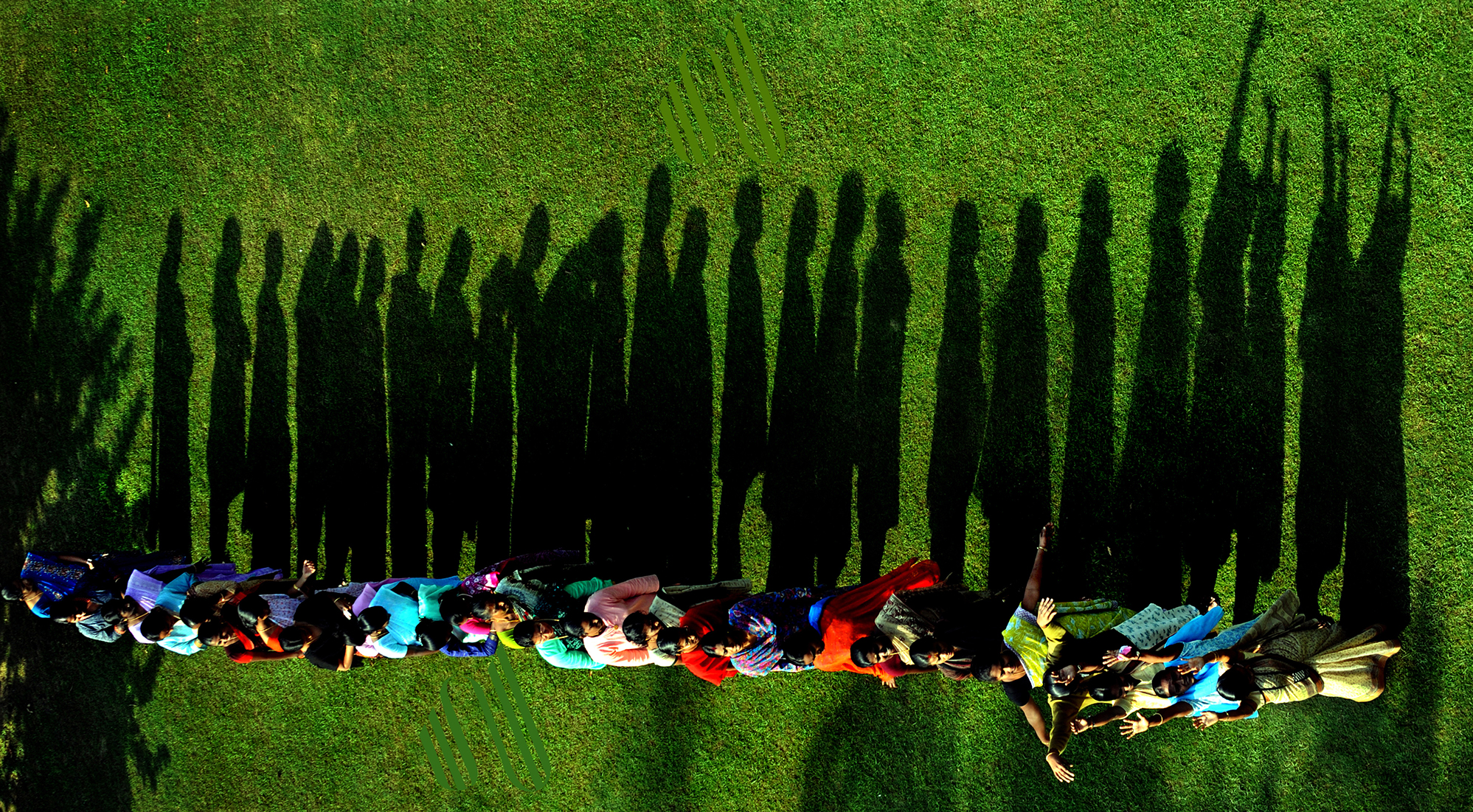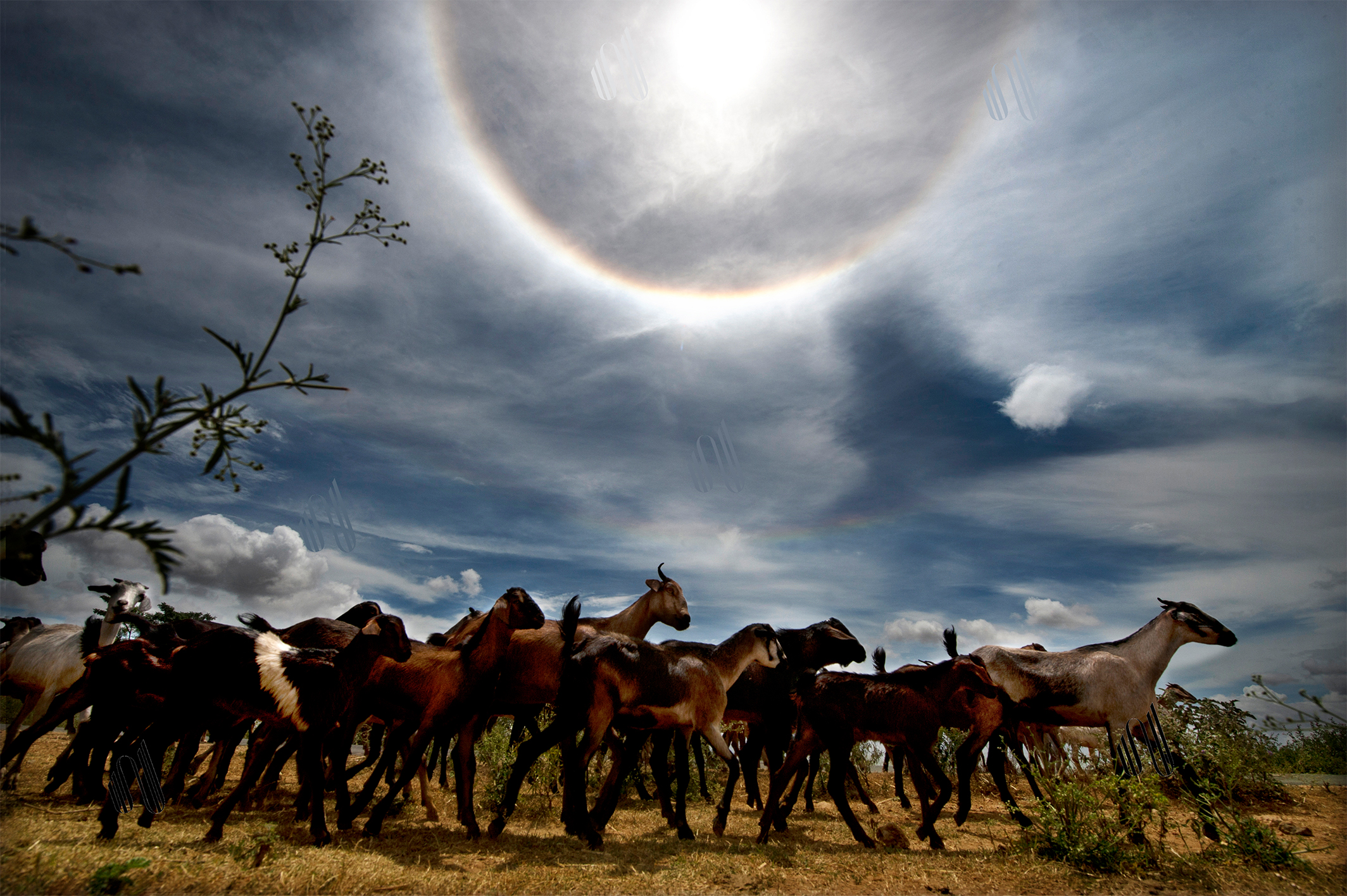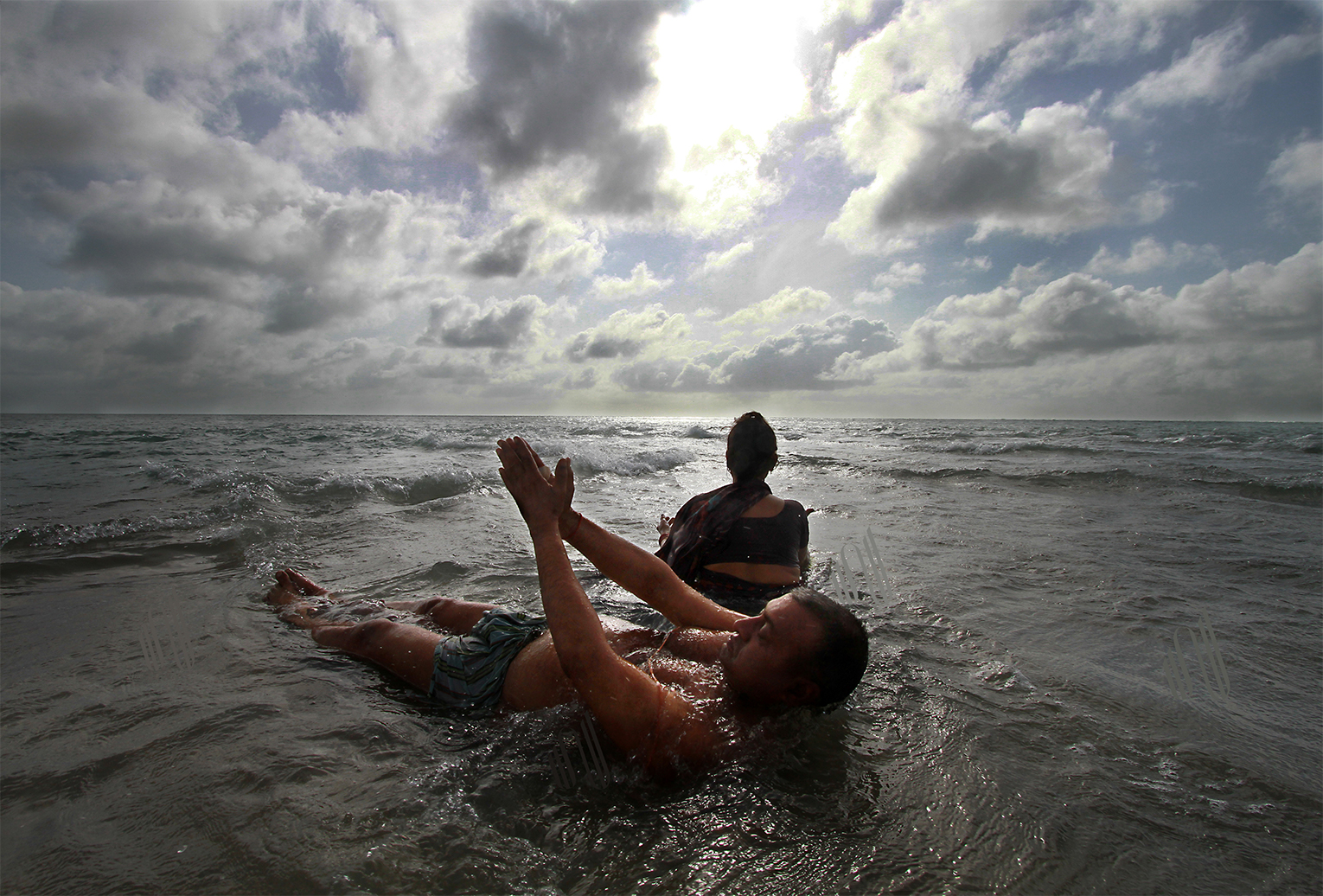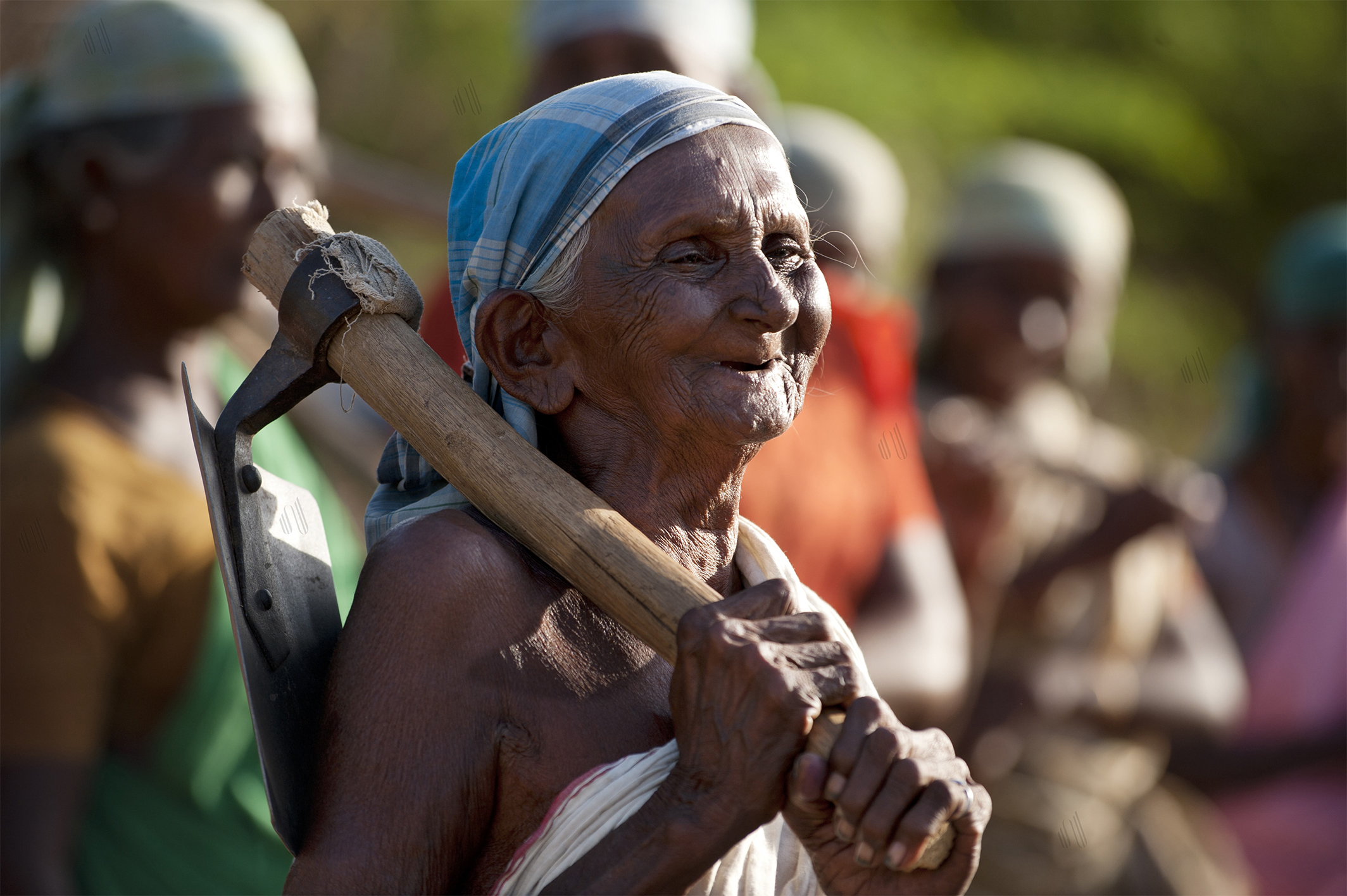
POSITIVE JOURNEY
Stories of hope and strength, stemming from despair
It is 34 years since the first HIV positive cases were diagnosed in India. Over these decades, the Union Government has received worldwide praise for the alacrity with which it recognised the threats caused by the virus and quickly implemented treatment protocols across the country. With assistance from multilateral bodies, various NGOs and private entities such as the Bill and Melinda Gates Foundation, support groups active in this space ensured that those affected get timely and sustained access to the anti-retroviral drugs that form the treatment regimen. This offered the people living with HIV (PLHIV) a fresh lease on life and allowed them to work at their trades and pursue their daily routines with minimal disruption.
However, despite these advances, and the relative good health the remedies assured them, their lives were nowhere near normal. In the early years when HIV spread rapidly across the country, and especially in certain States, the stigma surrounding those affected, and the negative association with the way the illness was contracted, led to discrimination against them in their communities. This was the context to Shaju’s project that documents the lives of PLHIV across five States – Tamil Nadu, Andhra Pradesh, Maharashtra, Manipur and Nagaland.


When assigned the task of travelling to photograph HIV-affected people, he was instructed to be sensitive to their condition, and take care not to show their faces clearly. Perhaps he could shoot their silhouettes or veiled profiles instead, it was suggested. This tied in with the few, depressing images seen until then of HIV patients from the West, who were shown in a pathetic condition, ravaged by the disease, emaciated as a result of secondary infections.
The reality in the regions that Shaju visited could not have been more different. Travelling first to interior villages in the hinterland of Tamil Nadu, along with social workers from NGOs, he found that the PLHIV, undergoing treatment and rehabilitation, were going about their routine work and jobs, just like anyone else. Those he met were mostly women, widows whose husbands had died, leaving most of them afflicted and having to fend for themselves and their children. Many people were reluctant to be tested and, in case they tested positive, did not want to reveal this to the larger community for fear of being stigmatised. There was a deep sadness and sense of loss among the people who had tested positive, but they felt no shame. Asked to pose for the photojournalist, they were confident, poised and completely natural, even joyous. For many, it was the first time in their lives that they were being photographed at all.


When Shaju travelled across the vast State of Maharashtra to document the lives of PLHIV there, it was the height of summer, with temperatures touching searing highs of 48-50 degrees. Covering the distances from one village to another frequently involved journey times of eight or nine hours, and delays would mean reaching several hours late, often at night. To Shaju’s surprise, he would find the people were waiting patiently, late into the evening, when it had grown dark. They obviously realised the importance of being a part of this project, even if their photos had never been taken before. With no electricity on most villages, many photos taken after nightfall were shot in the light of the car’s headlamps.
These incredible images, of the kind never seen before, were taken under the project Avahan of Family Health International (FHI), funded by the Bill and Melinda Gates Foundation. The completely unexpected nature of the images, starkly realistic yet reflecting a rare vibrancy and energy, prompted FHI to publish the Shaju’s work as a coffee table book, Positive Journey, with the hope that the lives documented would be transformative in the way people perceived HIV.



Pragati Ingle from the Pune network, herself a native of Vidharbha district, tirelessly accompanied the photographer, helping him interact with farmers affected by HIV in the districts. Her sincere efforts convinced people under treatment that publishing their images would help reduce the stigma long associated with HIV.
As far as a photographer is concerned, such a documentation process cannot be objective. For Shaju, the years he spent meeting people living with HIV and recording their life stories were, he says, deeply life altering.
While working in one region, the days would kind of telescope into one another, each filled with strenuous travel, interspersed with intense, personal and often difficult conversations.
Quite often, says Shaju, he felt the lines around his role blurring, and he found himself acting as a kind of counsellor, drawing from earlier experiences and interactions to encourage many who were sunk in despair to open up and tell their stories. It is these stories that are documented in Positive Journey, the first time such experiences were recorded in a publication of this kind.



MORE PROJECTS






